Why Do We Use The Fruiting Body of Lion's Mane Rather Than The Mycelium?

Mycelium: According to the FDA’s policy (https://www.fda.gov/regulatory-information/search-fda-guidance-documents/cpg-section-585525-mushroom-mycelium-fitness-food-labeling), any food in which mushroom mycelium is used should be labeled to state that fact. Labeling should not suggest or imply that the food contains mushrooms.
Material purity: The quality of fruiting body is more easily controlled and guaranteed. Under solid cultivation, the medium usually consists of brown rice, rice bran, grain oats, or sawdust as substrate, and it is impossible to separate pure mycelium from the medium. In fact, as shown on the label of some products made from mycelium, the used material is myceliated biomass which is a mixture of mycelium and medium including the above substrates.
Hericenones: A group of active compounds isolated from the fruiting body [Kawagishi, H. et al, Tetrahedron Lett. 32, p4561-4564, 1991 and Phymchemistry, 32(I), p175-178, 1993].
Dilinoleoyl-phosphatidylethanolamine: An active compounds isolated from the fruiting body [Nagai K. et al, Journal of Nutritional Biochemistry 17, p525-530, 2006].
Amyloban: An active low-polarity fraction extracted from fruiting body [Japan Patent No. 3,943,399].
Amycenone: An active fruiting body extract standardized to 6% amyloban including hericenones [US Patent No. 8,871,492].
Erinacines: A group of active compounds isolated from the mycelium [Kawagishi H. et al, Tetrahedron Lett. 35(10), p1569-1572, 1994, Heterocyclic Communications, 2(1), p51-54, 1996, and Tetrahedron Lett. 37(41), p7399-7402, 1996]. According to the finding of inventor (Prof. Hirokazu Kawagishi), no erinacine was found in the mycelium after the fruiting body grew.
Published research paper and Mechanism: There have been more studies done on the fruiting body than on the mycelium, and fruiting body showed multiple-activities compared to mycelium.
